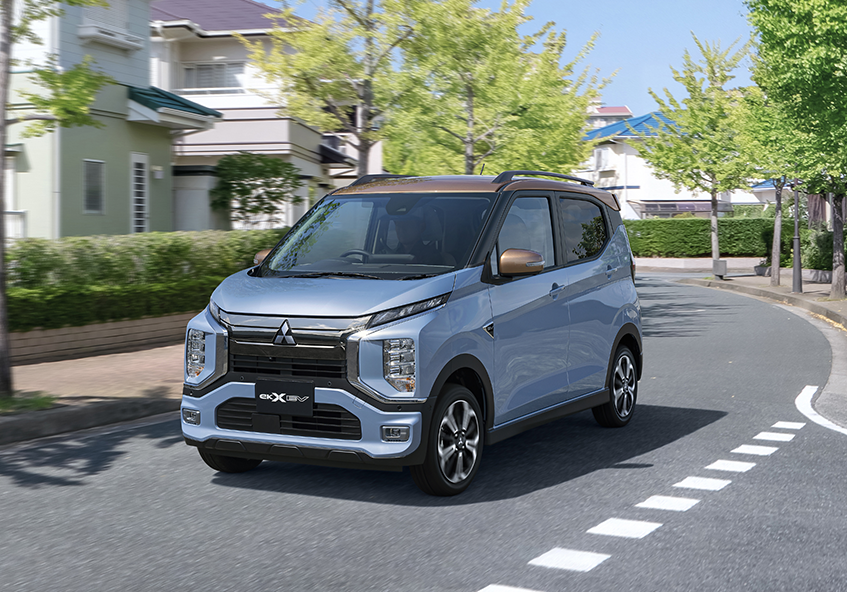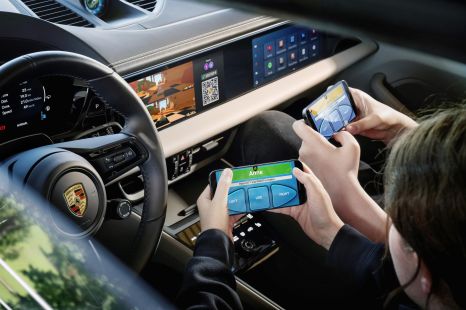

Matt Campbell
2025 Porsche 911 Carrera T review
5 Days Ago
The first was a pioneer, but Mitsubishi Australia won't be going back to that particular well, ruling out the cute eK X electric Kei Car.

Senior Contributor


Senior Contributor
Mitsubishi’s i-MiEV may have been a weird-looking, impractically tiny and wildly expensive car, it was also a dead-set pioneer.
After all, it was an all-electric car sold in Australia in 2010, and as such beat everybody to the punch. It wasn’t long for our market, which should have caught nobody by surprise, but the path it helped carve is becoming a super highway.
Fittingly Mitsubishi has just revealed what is a spiritual i-MiEV successor, meaning a tiny electric Kei-Car aimed squarely at Japan called the Mitsubishi eK X EV. There’s a Nissan version, too, as detailed here.

Unfortunately, this time around it will not make it to Australian shores, in case any of the small number of i-MiEV diehards out there were wondering.
“There are no current plans to bring it to Australia, but we continue to look at what’s being offered via the Alliance as it progresses towards 35 electrified models by 2030,” said a Mitsubishi Australia spokesperson.
“For now our focus is on delivering the all new Outlander PHEV in Q3 to the local market.”
The cute little eK X measures 3395mm long just like the i-MiEV did, and 1475mm wide. For context a Mazda 2 measures 4065mm long by 1695mm wide.

It also costs two-thirds what a Nissan Leaf does in Japan, at 2,398,000 yen (about $A26,000).
Despite its refrigerant-cooled 20kWh EV battery, the Mitsubishi weighs only 1080kg, offers an urban driving range of 180km between charges, and even allows two-way vehicle-to-load power – something that’s highly desirable in earthquake-prone Japan.
Its drive motor makes 47kW of power and a potent 195Nm of torque, about double the petrol version, and its regenerative braking function allows claimed one-pedal driving.
It also has front, side and curtain airbags, plus active parking assist software and various active safety options. It’s also integrated with a phone app that lets you remotely operate the AC and monitor the charging.

These tiny Kei cars are cheaper to insure and register than a conventional car. It’s a vehicle class that’s unique to Japan, and was introduced after World War II to encourage manufacturers to build affordable new cars. They’re parallel-imported to Australia by some private firms.
Do you think there’s scope in Australia for a tiny, affordable EV, and in this instance a reborn i-MiEV? Would it work the second time around? Tell us below.


Matt Campbell
5 Days Ago


James Wong
4 Days Ago


Max Davies
3 Days Ago


Josh Nevett
2 Days Ago


Josh Nevett
1 Day Ago


James Wong
16 Hours Ago